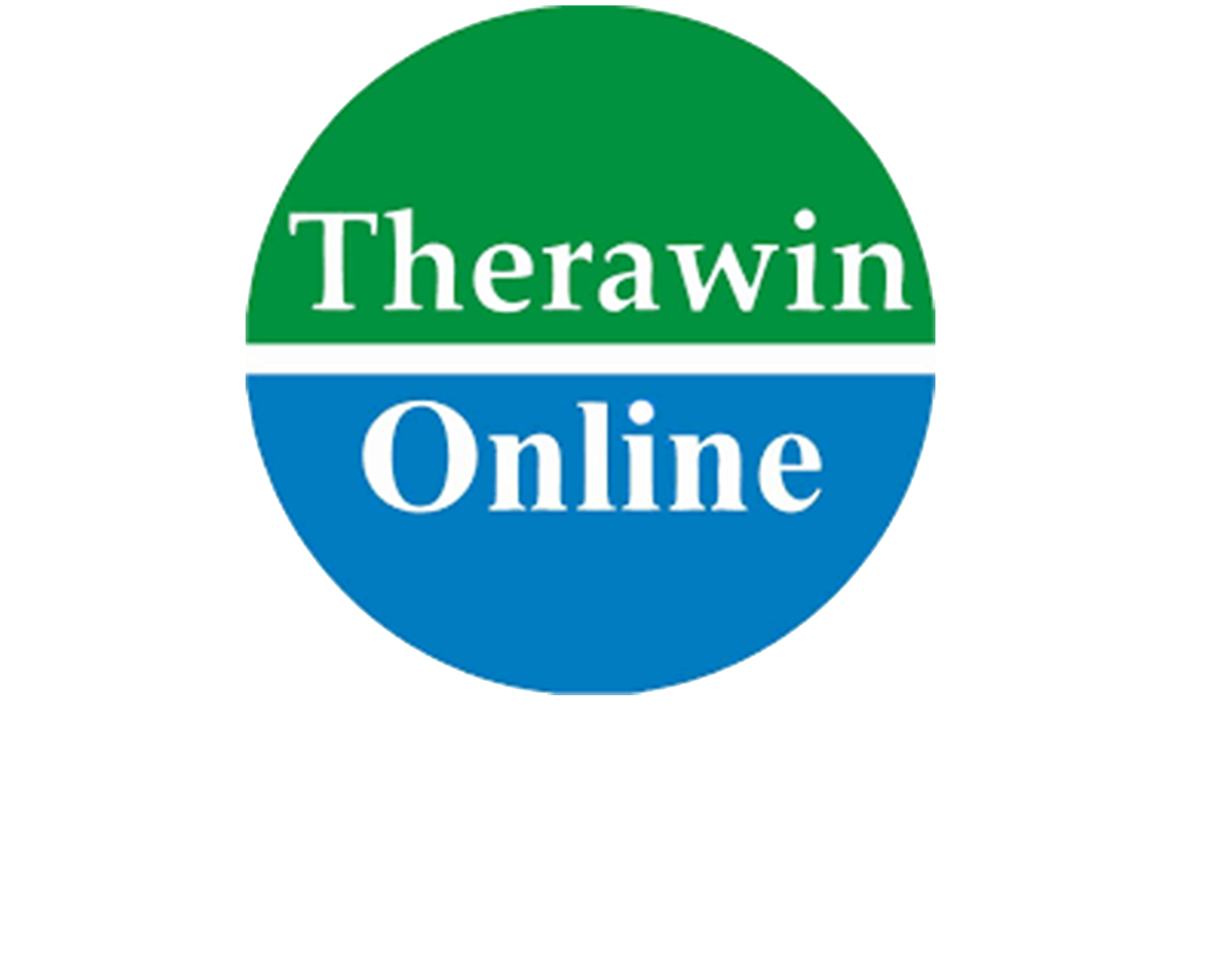There’s a saying in content marketing that “content is king.” And in a world where terabytes of data flood the internet every second, this couldn’t be more true. As of 2024, about 14 billion images and 7.5 million blog posts bloat the web daily. Maybe this is why people also say that “today, everything is content.” What else could explain this sheer magnitude of data?
As a result, the laws of demand and supply kick in to prioritize quality over sheer quantity. Users are now scrolling past endless posts, skimming blogs in seconds, and engaging only with what truly grabs them. So how do you create a scroll-stopping, eye-catching, and (ultimately) profitable content marketing strategy in 2025?
No points for guessing—that’s what we’re here for. This article first dives into the key content marketing trends in 2025 that will influence your strategy. Then, we’ll walk you through a step-wise process for crafting a click-worthy content marketing strategy that will sell like hotcakes (fingers crossed!).
So let’s keep your audience content with, well…great content!
Content Marketing Trends 2025: The Future of Digital Engagement
Content marketing in 2025 is about creating smarter, more engaging, and results-driven content. AI-driven personalization, video-first strategies, and data-backed decisions are taking centre stage. Meanwhile, voice search, SEO fundamentals, and ethical storytelling dominate SEO content marketing. Let’s break down the key trends that are (already) shaping your content marketing strategy in 2025.
AI-Powered Content Creation & Optimization
If I had a penny for every time I talked about AI, I’d possibly be richer than the man who quoted “Content is king,” i.e., Bill Gates. But it is what it is. Artificial intelligence is now second nature to the digital marketing scene.
AI tools like ChatGPT (which I definitely didn’t use to write this blog!) and Perplexity can do it all—be it generating blog posts, optimizing content for SEO, creating catchy ad copies, personalizing campaigns, analyzing insights, or enhancing visual content creation. All of it, at a much faster rate.
The challenge is to bring the natural element to your artificial intelligence-generated content. You must keep AI-generated content human, authentic, and fit with the brand voice. Search engines are getting smarter, favoring real value rather than generic AI churn.
Hyper-Personalization: Content Tailored for Every User
Generic content is a zombie now, if not dead already. In 2025, hyperpersonalization is the only way to stand out. With so much content out there, relevancy is key. Accurate personalization does and will keep bringing higher engagement, better retention, and more conversions. If you’re not customizing your content marketing plan, think again.
Video Content Will Dominate Even More
As audiences are getting immune to the amount of content thrown at them, marketers need a lot more to engage their senses. Video marketing is the topmost stimuli right now and will be so, for some time. Short-form videos on TikTok, Instagram Reels, and YouTube Shorts continue to dominate.
Video marketing is also becoming the most effective content marketing strategy for education, storytelling, and even SEO content marketing. Interactive formats like shoppable videos are making it easier than ever for brands to turn views into purchases. If you’re not investing in video content, your digital marketing strategy is incomplete.
Voice Search Optimization & Conversational Content
Hear me out—people aren’t just typing; they’re talking too. With voice assistants like Alexa and Google Assistant, voice search is shaping SEO content strategy. Content written in a natural, conversational, and question-based format ranks higher. Marketers must optimize for long-tail keywords, structured data, and featured snippets to ensure visibility in voice-driven searches.
Ethical & Sustainability-Focused Content
Consumers care about values—not just products. Brands that showcase sustainability efforts, diversity, and ethical business practices are winning trust. In 2025, content that highlights eco-friendly initiatives and social responsibility will stand out. So transparency isn’t optional anymore—it’s expected.
SEO Fundamentals Still Matter—But They’ve Evolved
SEO is still non-negotiable. In 2025, SEO needs valuable, well-structured content that aligns with search intent. For your SEO content marketing, focus on delivering real value—not just ranking tricks. Google’s algorithm is prioritizing:
High-quality, in-depth content
Logical structure with clear headings
Page speed & mobile optimization
Semantic search (understanding intent, not just keywords)
Social Commerce Is Booming as a Marketplace
Platforms like Instagram, Facebook, and TikTok have already become e-commerce powerhouses. With in-app shopping features, brands can convert engagement into direct sales without making users leave the platform. Shoppable posts, influencer marketing, and social proof will be critical for an effective content marketing plan that drives revenue.
Your Content Marketing Strategy for Click-worthy Content for 2025
The fundamentals of content marketing remain the same—provide value, build trust, and engage your audience. But with new trends, the rise of AI, a saturated digital landscape, and ever-evolving consumer behaviors, the king (i.e., content) has to find smarter ways to rule.
Gone are the days when you could just sell yourself and expect results—everyone’s doing that already. Consumers are tired of non-stop sales pitches and generic promotions. As they say, “Content marketing is like a first date. If you only talk about yourself, there won’t be a second one.” It’s all about creating content that connects first; only then can you convert.
With content marketing trends in 2025 putting the spotlight on video marketing, SEO content, and social media content, businesses are revamping their content strategy. Whether you’re a brand, creator, or marketer, this guide will walk you through the steps to build an effective content marketing strategy—that will leave no room for discontent:
What Do I Really Need? Set Clear Goals
To get the right answers, you must ask the right questions. So before creating any content, sit down, take a deep breath, & ascertain your objectives. Do you want to increase brand awareness, boost conversions, generate leads, improve customer retention, or get organic traffic? Your goals will vary based on your industry, business size, and target audience.
Here are some examples:
A Growing E-Commerce Brand
An upcoming e-commerce brand will probably prioritize social media content and video marketing to showcase products and sell through social commerce.
A B2B SaaS Companies
A B2B SaaS company could invest in blog posts to build thought leadership, educate potential clients, and build trust in their industry.
Local Businesses
Local businesses will mostly employ local SEO content to attract nearby customers, so that they appear in relevant regional searches and drive foot traffic.
Who am I Creating for? Understand Your Target Audience & Value Offering
Just like any other marketing strategy, content marketing starts with understanding one’s audience. You need to determine who they are, what they do, what they need, and most importantly—why & how your content can provide them with value. This means creating detailed buyer personas that include demographics, interests, pain points, and online behavior.
Your industry and business model will heavily influence this approach. For example, e-commerce brands may prioritize social commerce on Instagram product promotions. Meanwhile, a recruitment firm might focus on building a strong LinkedIn presence to attract top talent.
What About My Existing Content? Do a Content Audit
After taking two steps ahead, take a step back and reflect. Do a content audit to critique your current materials, identify gaps, and optimize what’s already working. This is crucial for your SEO content strategy, as you will save time on research.
Look at performance metrics like page views, engagement, and conversions. If you have outdated blog posts, duly update them. You can even repurpose blog posts into video content to expand reach.
When Do I Post it? Develop a Content Calendar/Plan
You wouldn’t eat all your week’s meals on Sunday and then starve the whole week—so why do the same with your content? Just like your body thrives on consistency, so do algorithms. Whether it’s SEO, social media, or other platforms, consistency, timing, and routine have a huge role in visibility and engagement.
A well-structured content plan will keep you on track. Map out what content to create, how to distribute it, when to post, and in what quantity—so your audience (and the algorithm) stays engaged. Use a content calendar to schedule blog posts, video content, and social media updates while factoring in key events, seasonal trends, and campaign launches.
5. What of My Click-worthy Content? Create High-Quality Content
Content creation is where finally strategy meets execution. With endless content online, quality matters more than ever. Your content has to be valuable, relevant, and engaging, crafted with purpose. Whether it’s a blog, video, or social media post, it must fit both the audience’s needs and your goals. Here’s a breakdown of different content types (categories may sometimes overlap, but ours are clearly defined):
1. Blog & SEO Content
Long-form content that builds authority, drives organic traffic, and enhances search visibility. Best for thought leadership, in-depth topics, and educating audiences.
Blog posts
SEO content (Optimized web pages, pillar content)
E-books
Case studies
Landing pages
2. Social Media Content
Short, engaging, and real-time content designed for audience interaction and brand awareness. Best for community building and quick engagement.
Social media posts
Live streams
Interactive content (polls, quizzes)
Checklists
3. User-Generated Content (UGC)
Authentic content from customers that boosts credibility and trust. Ideal for brands to give social proof and community engagement.
Customer reviews
Testimonials
Community posts
4. Video Content
Highly engaging and visually compelling, video content simplifies complex ideas and increases retention. Best for storytelling, product explanations, and audience connection.
Reels
Advertisements
Webinars
Explainer videos
Product demos
5. Promotional Content
Content designed to drive conversions, nurture leads, and market products/services. Best for direct response marketing and guiding users toward action.
Sales copy
Email newsletters
Templates
Whitepapers
Press releases
6. How Do I Get My Audience? Promote & Distribute Your Content
You can have the most unique and high-quality content in the world, but if it isn’t reaching the right eyes, you might as well not create it at all. Creating great content is only half the job—you must also get it in front of the right audience. Here’s where you can share your content and how:
1. Google Blogging & SEO Content
By publishing optimized blog posts and SEO-driven content, you will rank higher in search results, attract organic traffic, and establish long-term authority.
2. Social Media Platforms
The second most obvious answer—social media is a powerful tool for organic and paid promotion. Share content on relevant platforms.
3. Influencer & Expert Collaborations
It’s all the fad now! You can partner with industry experts and influencers to amplify your reach, exposing your content to a larger, highly engaged audience.
4. Email Marketing
A direct line to your audience, email marketing keeps your brand top-of-mind while nurturing leads and boosting conversions.
5. Paid Advertising
Targeted ads on Google, Facebook, and LinkedIn get your content to the right people faster.
6. Community & Forum Engagement
Share content on niche communities like Reddit, Quora, and LinkedIn groups. This positions you as an expert and attracts a highly relevant audience.
7. Is My Content Performing? Track, Analyze & Optimize
Creating and distributing content isn’t the end—it’s just the beginning. To refine your content marketing strategy, you need to track key performance indicators (KPIs), analyze data, and optimize accordingly.
Key Metrics You Must Track:
Website Traffic & SEO Performance: Use Google Analytics to monitor organic traffic, page views, bounce rates, and keyword rankings.
Engagement Metrics: Track likes, shares, comments, watch time (for videos), and session duration to measure audience interaction.
Lead Generation & Conversions: Monitor email sign-ups, form submissions, and purchase rates to gauge your content-driven conversions.
ROI of Paid Campaigns: Evaluate ad spend efficiency by analyzing metrics like cost per lead (CPL), return on ad spend (ROAS), and conversion rates.
Optimization Strategies:
A/B Testing: Experiment with headlines, CTAs, formats, and distribution channels to find what works best.
Repurpose & Refresh Content: Update old blogs, repurpose content into different formats (e.g., turning articles into videos), and redistribute high-performing pieces.
Refine Audience Targeting: Use analytics to refine your buyer personas and tailor content accordingly.
Adapt to Trends: Stay agile by integrating evolving SEO algorithms, and emerging content formats.
Conclusion
"Traditional marketing talks at people. Content marketing talks with them."
That’s the key difference—engagement. The fundamentals of content marketing remain unchanged—your content should be helpful, valuable, and high-quality, not just a keyword-stuffed mess. It should inform, entertain, or solve problems while building trust with your audience. But while the core principles stay solid, the background keeps optimizing itself.
Take AI-generated content and automation, for example. A few years ago, ChatGPT didn’t exist, and other such tools weren’t remotely as sophisticated as they are now. Today, brands use AI to create content at scale, automate email campaigns, and improve customer interactions. But in the end, AI is a tool, not a replacement. To truly stand out, you need the natural element in artificial intelligence—the human touch, creativity, and human insight.
And if you need an expert team to navigate the shifts, craft a killer content strategy, and drive real results, well, you know who to call. (Hint: It’s us.) ZoopUp is the perfect partner for your content marketing, SEO, and digital marketing needs.
Let ZoopUp G.R.O.W. (Grow, Retain, Optimize, and Widen) your business. Contact us now!
Frequently Asked Questions
1. "Traditional marketing talks at people. Content marketing talks with them." What does that mean?
It implies that content marketing is all about engagement. Instead of interrupting people with ads, you have to provide valuable, relevant content that builds trust and starts conversations.
2. Does content marketing still work in an AI-driven world?
Absolutely! AI can help optimize content, but human creativity, storytelling, and authenticity are still irreplaceable. People want connections, not just algorithms.
3. How often should I update my content strategy?
At least every 6-12 months. Digital trends change fast, so keeping your strategy fresh ensures you stay relevant and ahead of the competition.
4. What types of content are included in content marketing?
A lot more than just blogs! Think videos, infographics, podcasts, newsletters, case studies, social media posts—basically, anything that delivers value and keeps your audience engaged.
5. How important is SEO in content marketing?
SEO and content marketing go hand in hand. On the web pages, even the best content won’t work if no one finds it. Good SEO ensures your content reaches the right audience at the right time.
 Drishti
5 min
read
Drishti
5 min
read















